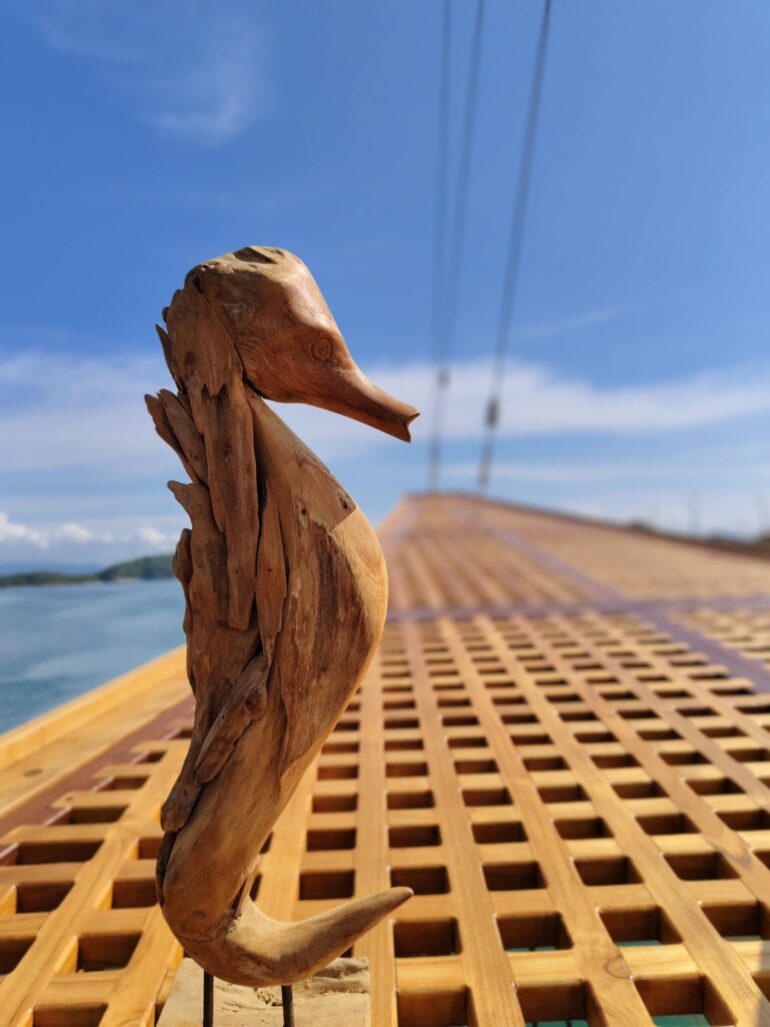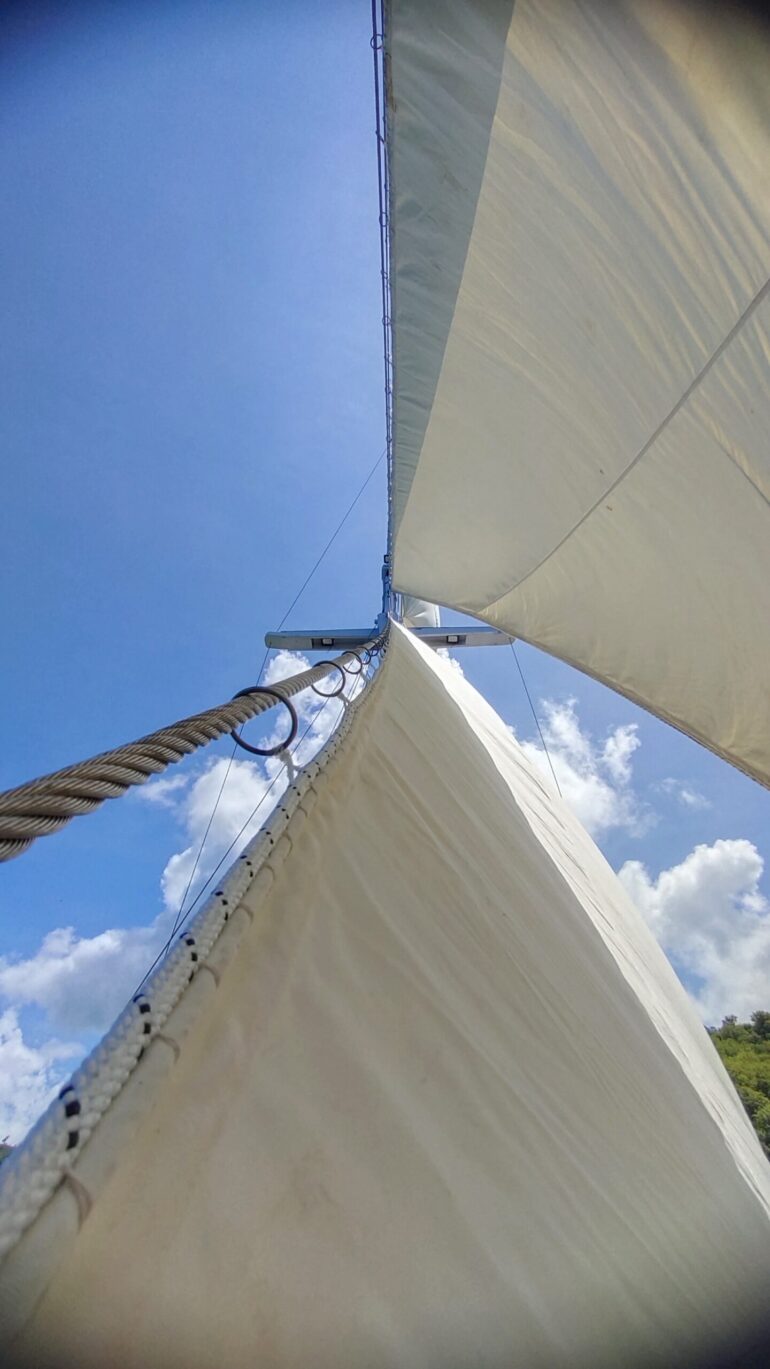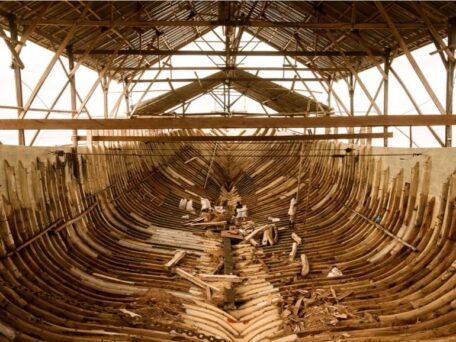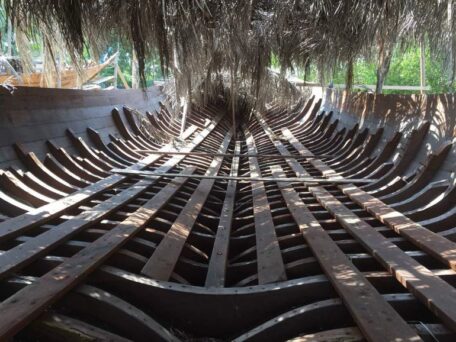As a country with 17,000 islands, boat-building and seafaring have been an integral part of Indonesian culture from ancestral times, right up until today.
The traditional Phinisi style is unique to Indonesia and is used to describe traditional gaff-ketch sailing rigs that originate from the island of Sulawesi. Sulawesi boat builders are considered some of the best wooden boat builders in the world and the craft is passed down from generation to generation.
Phinisi style boats have been used for centuries, most notably by the Bugis & Makassan people. They were (and still are) identifiable but their tall, powerful topsail ketch rig. The ketch design is a 2 mast design with the front mast always being the bigger of the two.






